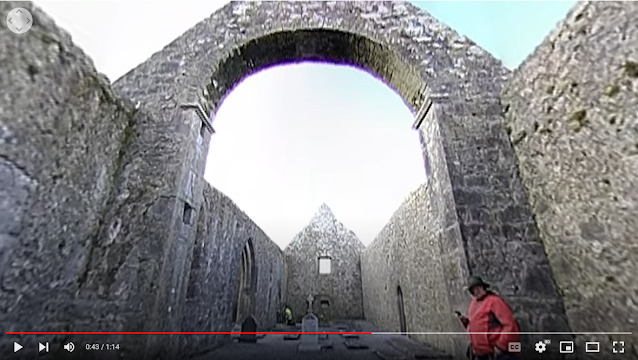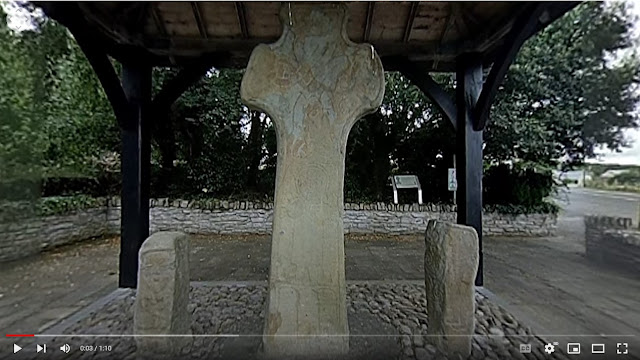For the Attention of The Chief Archaeologist & Director of the National Museum of Ireland #TTM

In 2019 The Keeper of Irish Antiquities threatened to send both the Director of the National Museum of Ireland and the Chief Archaeologist after me, but neither had sufficient backbone to either approach me or reprimand their errant employee. Now it's the back end of 2024 and there's still no end in sight. So I'm thinking it's time to resolve this. For this reason, I'm calling on Michael MacDonagh , Chief Archaeologist at the National Monuments Service of Ireland, and Lynn Scarff , Director of the National Museum of Ireland, as well as the entire Board of the NMI ( here ) to show some forlorn modicum of actual leadership and reach out to me with a workable solution. I would point out that such a solution must include a full apology and retraction of the curel, hurtful, and simply untrue remarks made by The Keeper of Irish Antiquities; answers to the questions repeatedly posed but unanswered by The Keeper of Irish Antiquities; as well as payment for my time in do...





